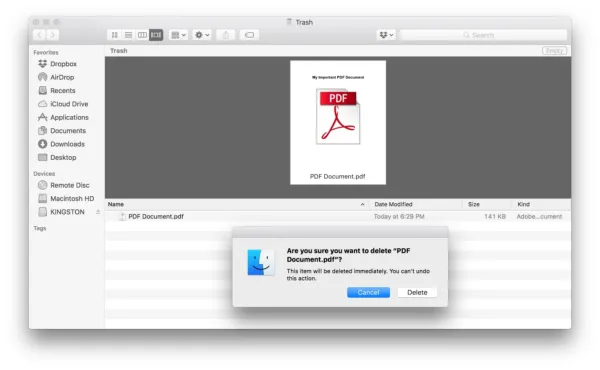Data loss can be a scary thought, especially for businesses that rely on data to run their operations. Whether it’s due to a malicious attack, a natural disaster, or a simple human error, data loss can have serious consequences. Fortunately, there are a number of tools and strategies that can help you protect your data from being lost.

In this article, we’ll discuss what data loss prevention (DLP) tools are, the top 3 tips on how to prevent data loss, and the best DLP tools to use. Let’s get started.
What Are Data Loss Prevention Tools?
Data loss prevention (DLP) tools are software solutions designed to protect data from being lost or stolen. DLP tools can detect and prevent data from being accessed, copied, or deleted by unauthorized users. They can also detect and prevent data from being sent to unauthorized locations, such as external storage devices or cloud services.
DLP tools are typically used in organizations to protect sensitive data, such as customer information, financial records, and intellectual property. They can also be used to protect data from malicious attacks, such as ransomware and phishing.
Top 3 Tips on How to Prevent Data Loss
Here are the top 3 tips on how to prevent data loss:
Data loss prevention tools are essential for any business or individual to protect their data from being lost or stolen. Here are the top 3 tips to prevent data loss:
- Backup your data regularly. This will ensure that you have a copy of your data in case of any unexpected data loss.
- Use encryption to protect your data. Encryption will make it difficult for anyone to access your data without your permission.
- Use data recovery software such as notepad++ history or digital camera recovery software to recover lost or deleted data.
By following these tips, you can ensure that your data is safe and secure from any potential data loss.
1. Implement Strong Security Policies
The first step in preventing data loss is to implement strong security policies. These policies should include guidelines for data access, storage, and transmission. They should also include rules for password management, user authentication, and data encryption.
2. Use Data Loss Prevention Tools
The second step is to use data loss prevention tools. These tools can help you detect and prevent data from being accessed, copied, or deleted by unauthorized users. They can also detect and prevent data from being sent to unauthorized locations.
3. Regularly Back Up Your Data
The third step is to regularly back up your data. This will ensure that you have a copy of your data in case of an emergency. It’s important to store your backups in a secure location, such as an offsite server or cloud storage service.
Best Data Loss Prevention Tools
Here are some of the best data loss prevention tools:
- Symantec Data Loss Prevention
- Trend Micro Data Loss Prevention
- Webroot Data Loss Prevention
- Forcepoint Data Loss Prevention
- Sophos Data Loss Prevention
These tools can help you protect your data from being lost or stolen. They can also help you detect and prevent data from being sent to unauthorized locations.
Conclusion
Data loss can be a scary thought, but with the right tools and knowledge, you can protect your data from being lost. By implementing strong security policies, using data loss prevention tools, and regularly backing up your data, you can ensure that your data is safe and secure.







